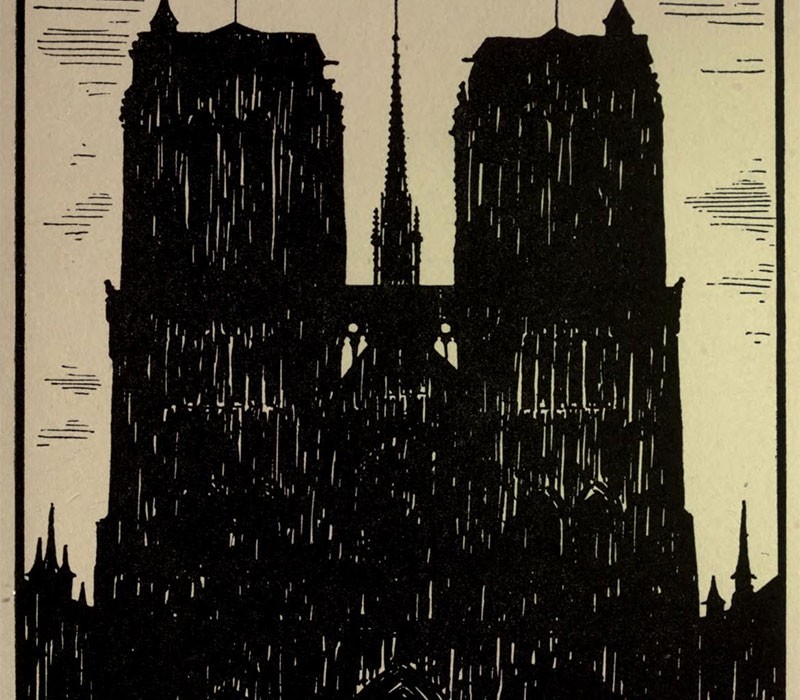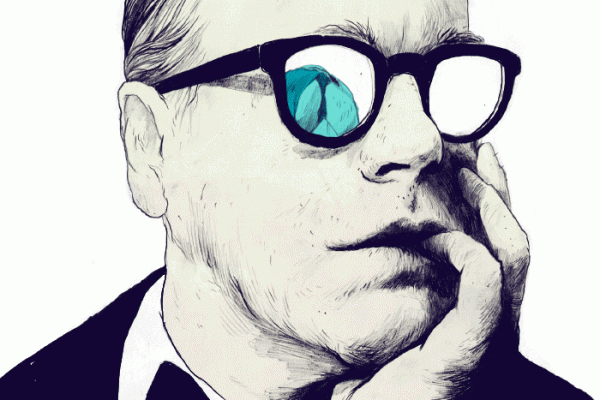William Thomas Horton (1864-1919) is a classic black-and-white Symbolist illustrator in the style of Aubrey Beardsley — with whom Horton was friends.
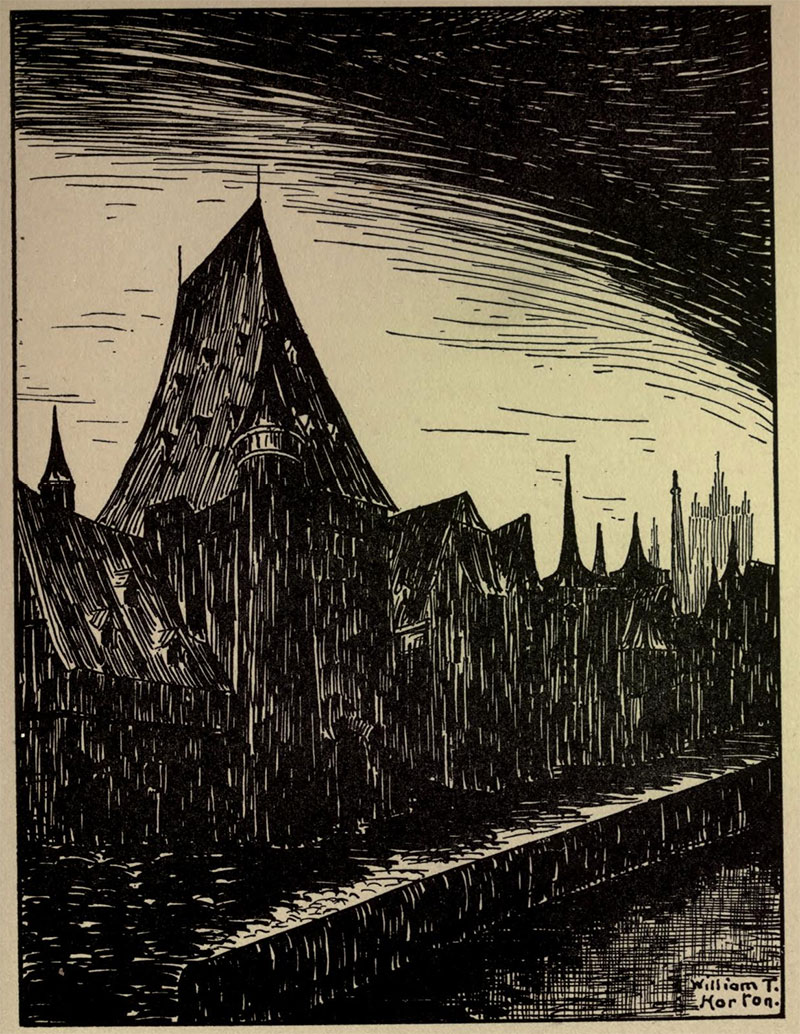
By the Canal
Horton’s drawings use a lot of dramatic hatching, which in some cases is almost scribble-like. This close, loose hatching makes the details more shadowy and implied. In the darker areas, it’s only a few lines of white space which suggest the form, which is a cool effect. A few of the drawings are more minimalist with large areas of solid black.
These illustrations are inspired by the artist’s dreams, and they are symbolic and mystical. They feature lots of gothic castles and cathedrals, and several of the landscapes are filled with building spires. Some of these are real locations, such Notre Dame de Paris, while others are imaginary. The drawings also show medieval-inspired figures.
In the introduction to this collection of Horton’s illustrations, W. B. Yeats (also a contemporary and friend of Horton) writes: “(His images) will probably be always but few; for he who is content to copy common life need never repeat an image … but there must always be a certain monotony in the work of the Symbolist, who can only make symbols out of the things that he loves.”
“Even the phantastic landscapes, the entangled chimneys against a white sky, the dark valley with its little points of light, the cloudy and fragile towns and churches, are part of the history of a soul; for Mr. Horton tells me that he has made them spectral, to make himself feel all things but a waking dream,” Yeats says.
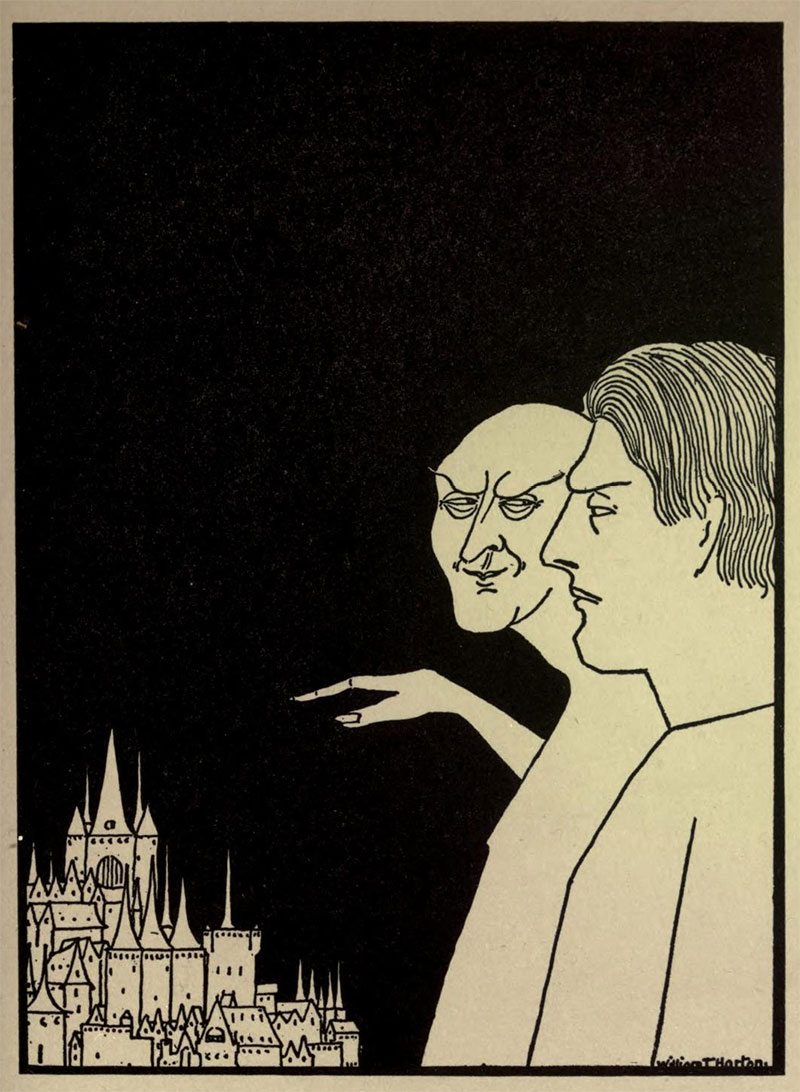
Temptation
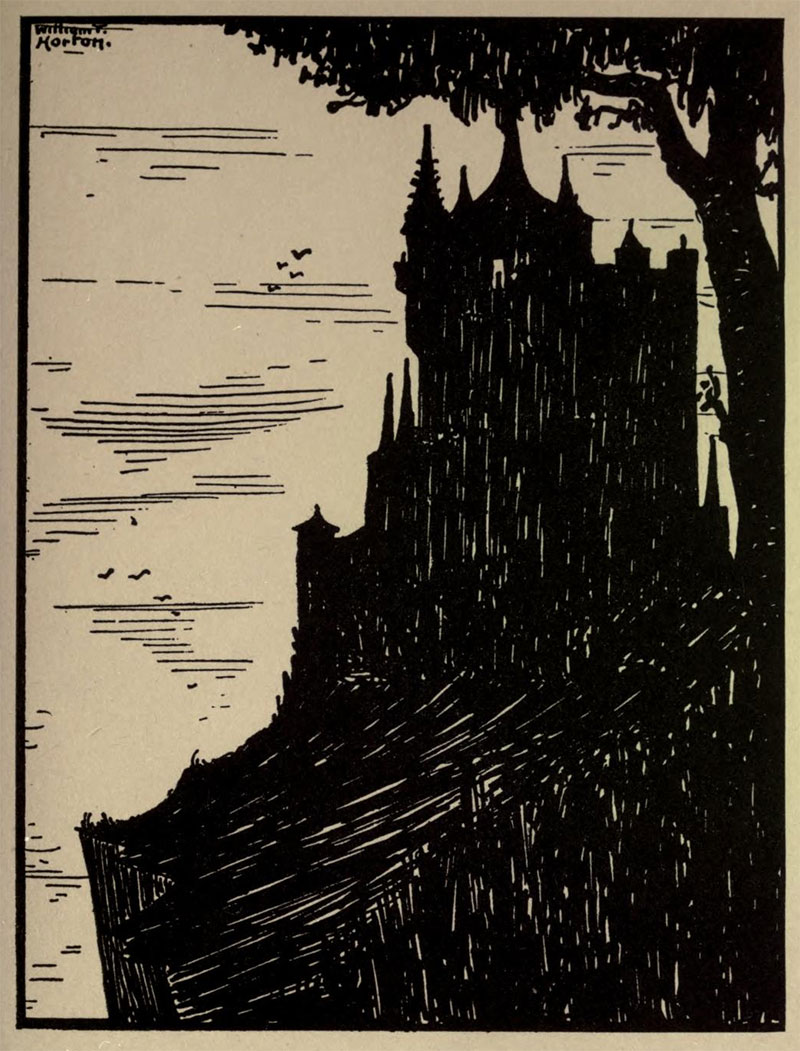
Chateau Ultime
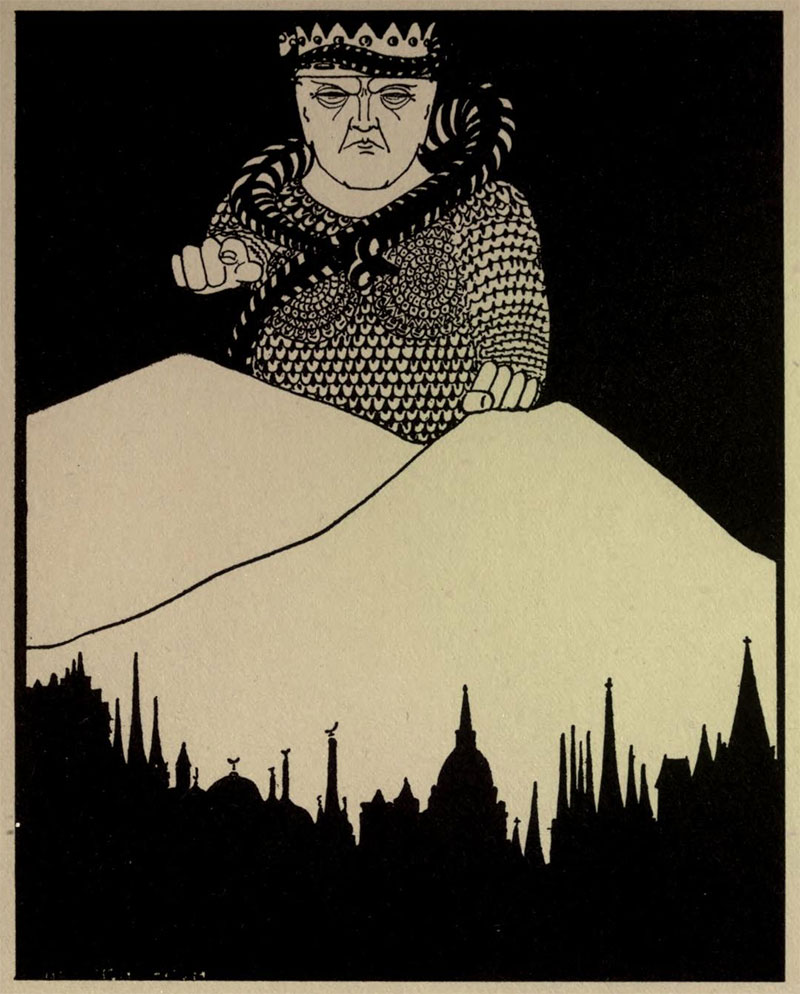
Mammon
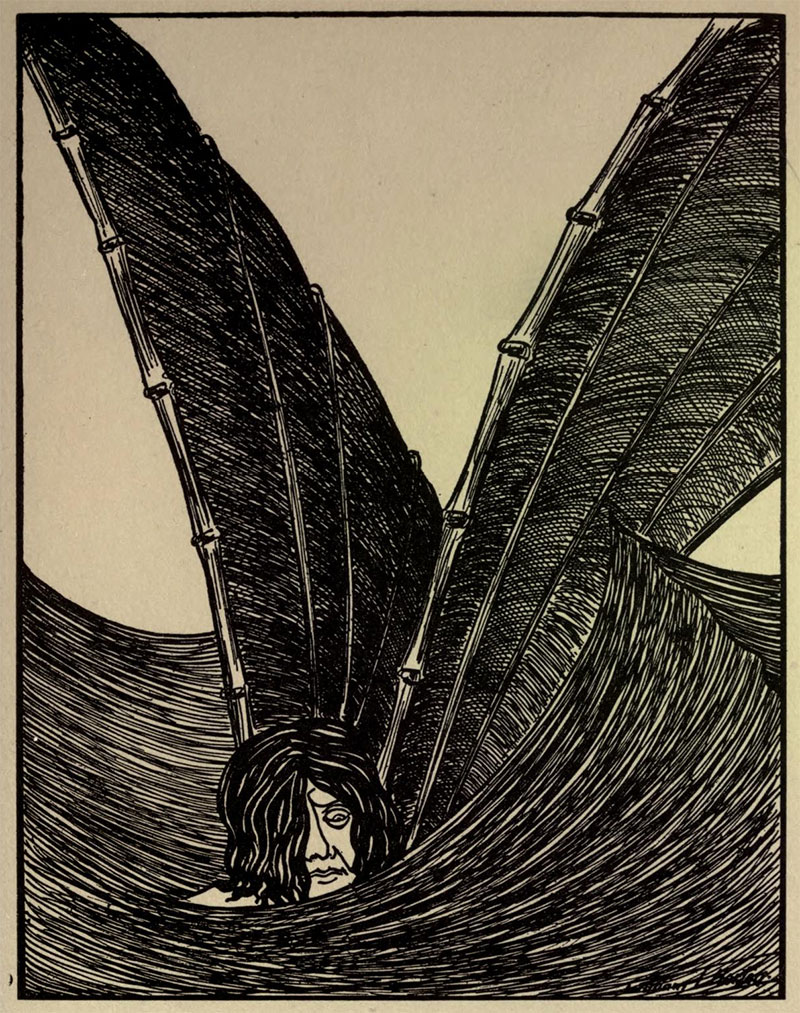
All Thy Waves Are Gone Over Me
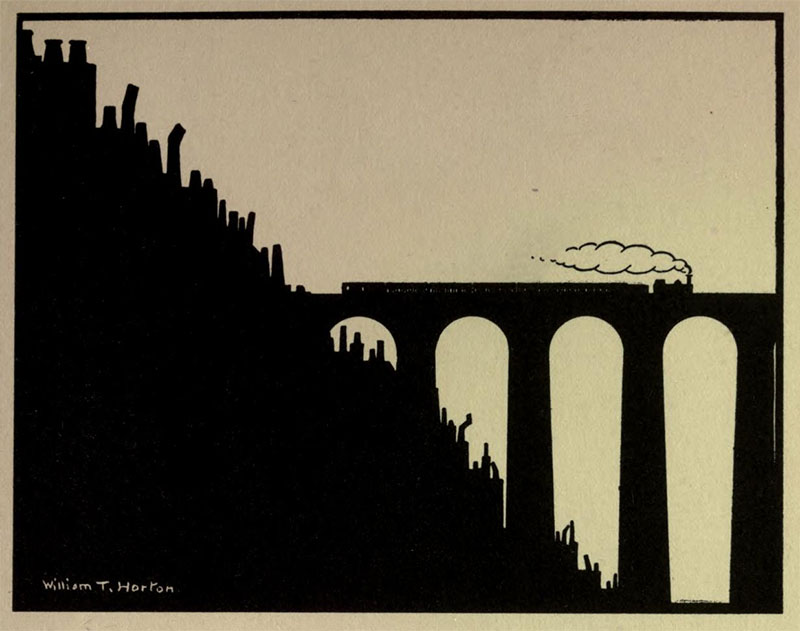
The Viaduct
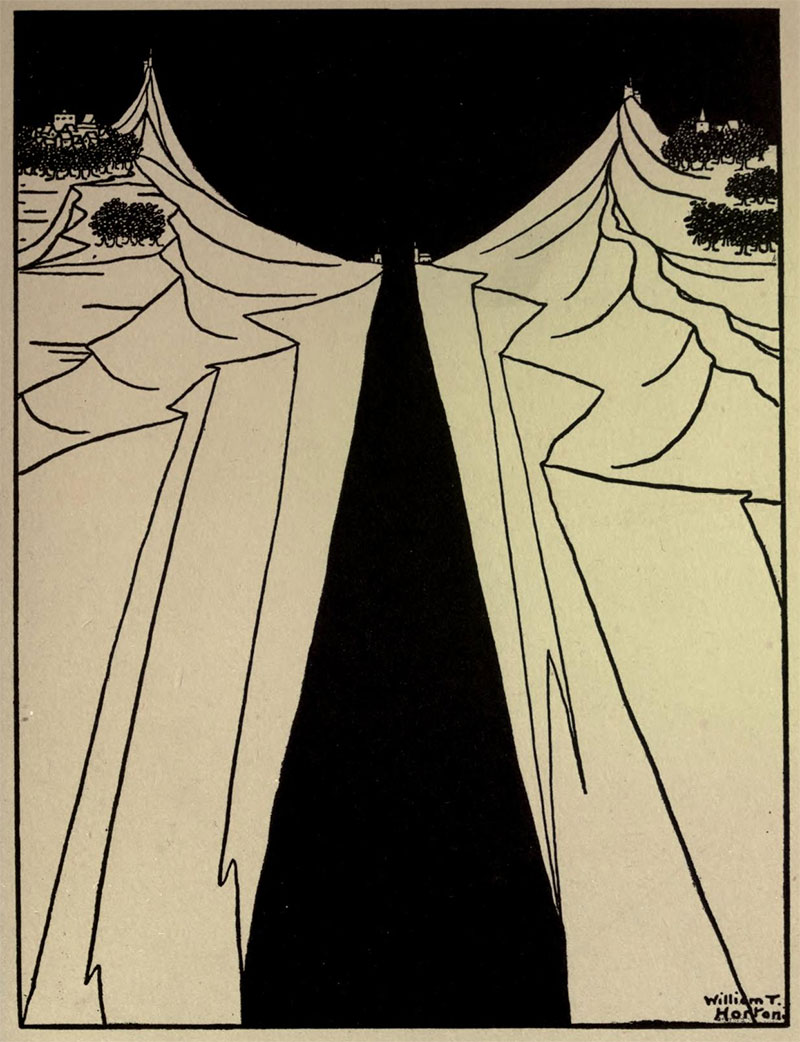
The Gap
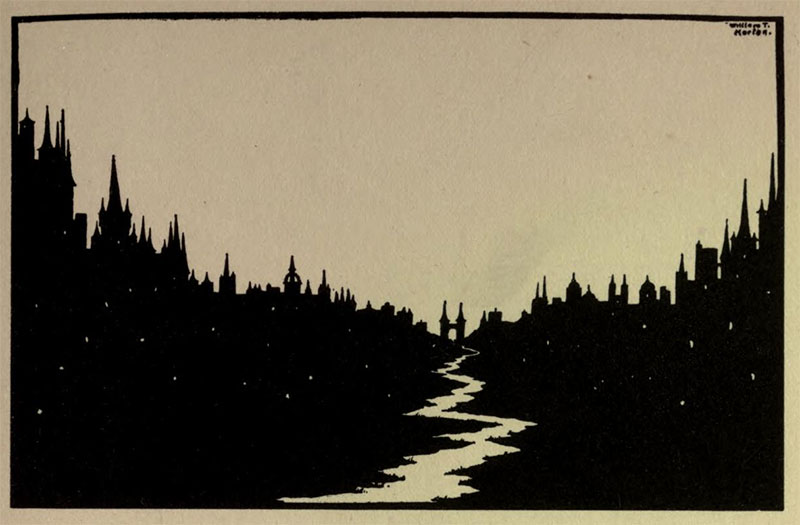
Nocturne
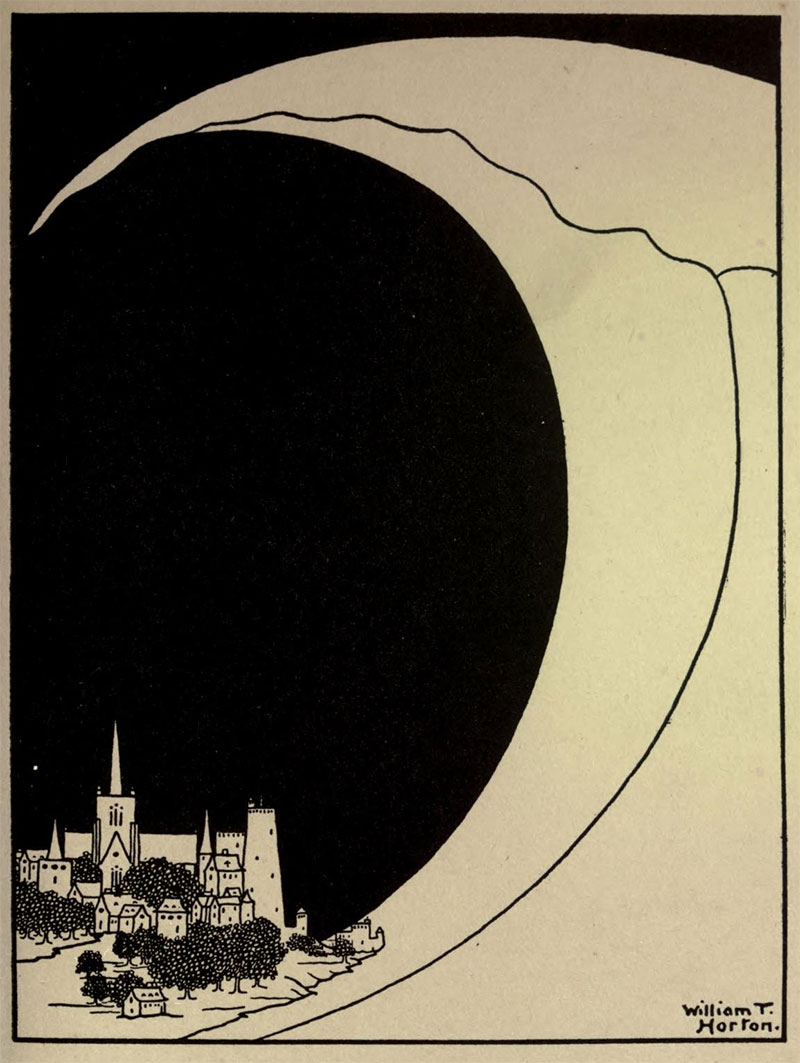
The Wave
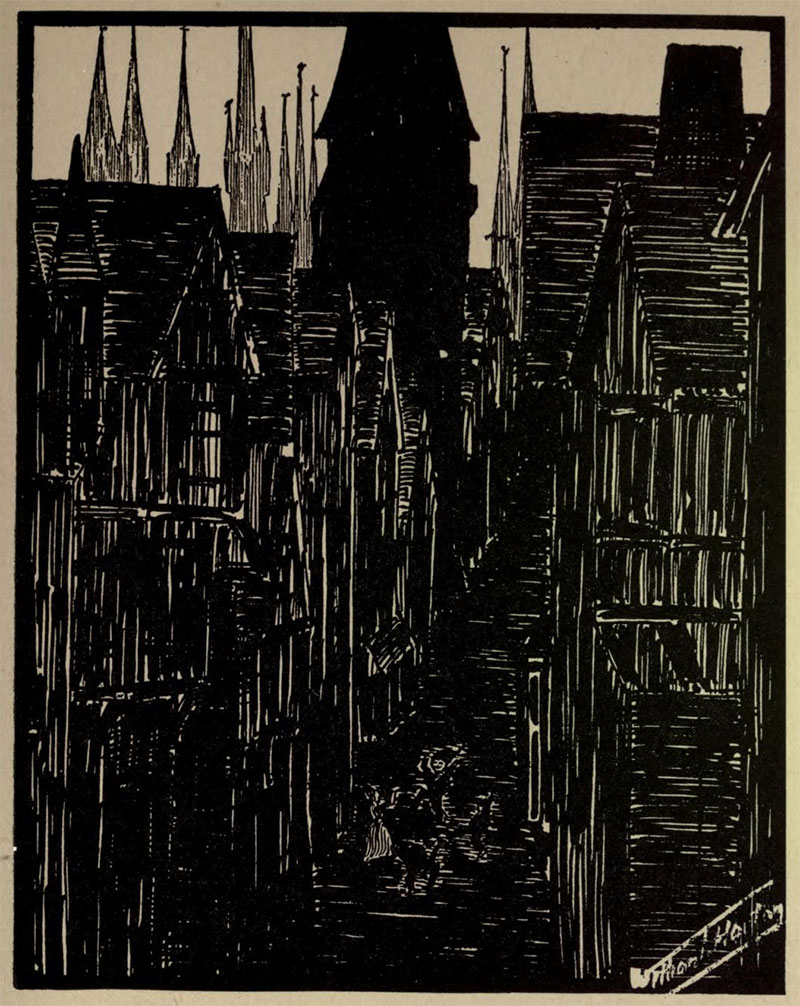
La Rue Des Petits-Toits
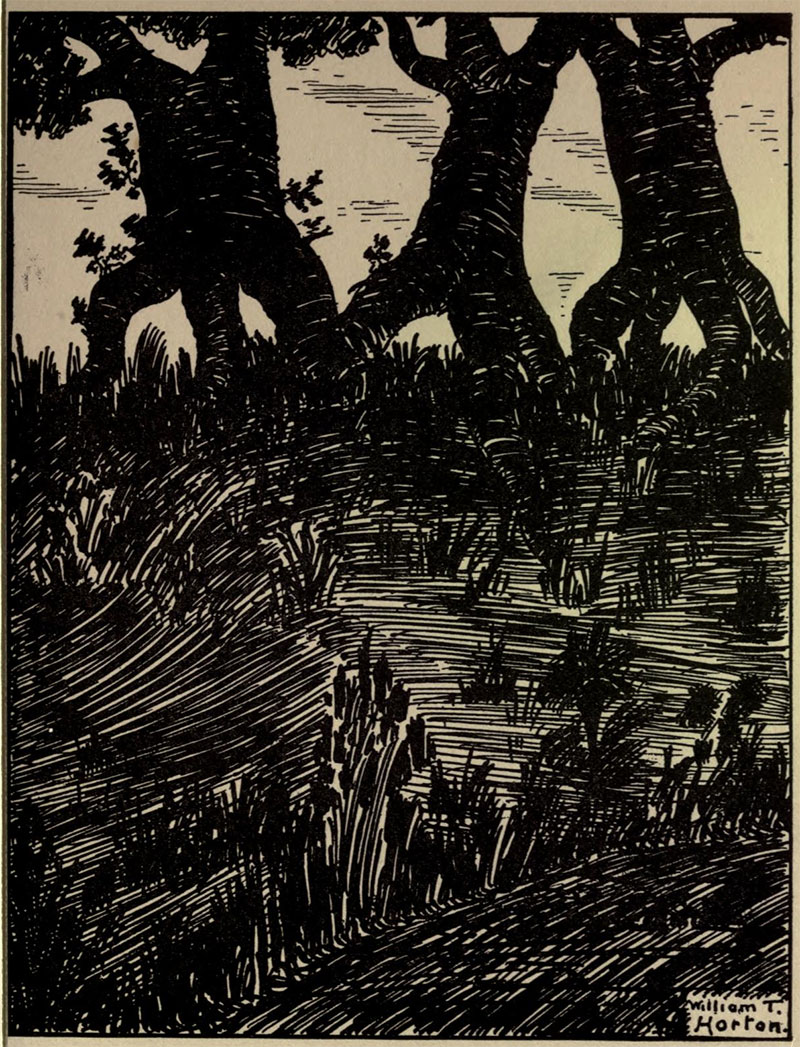
Trees Walking
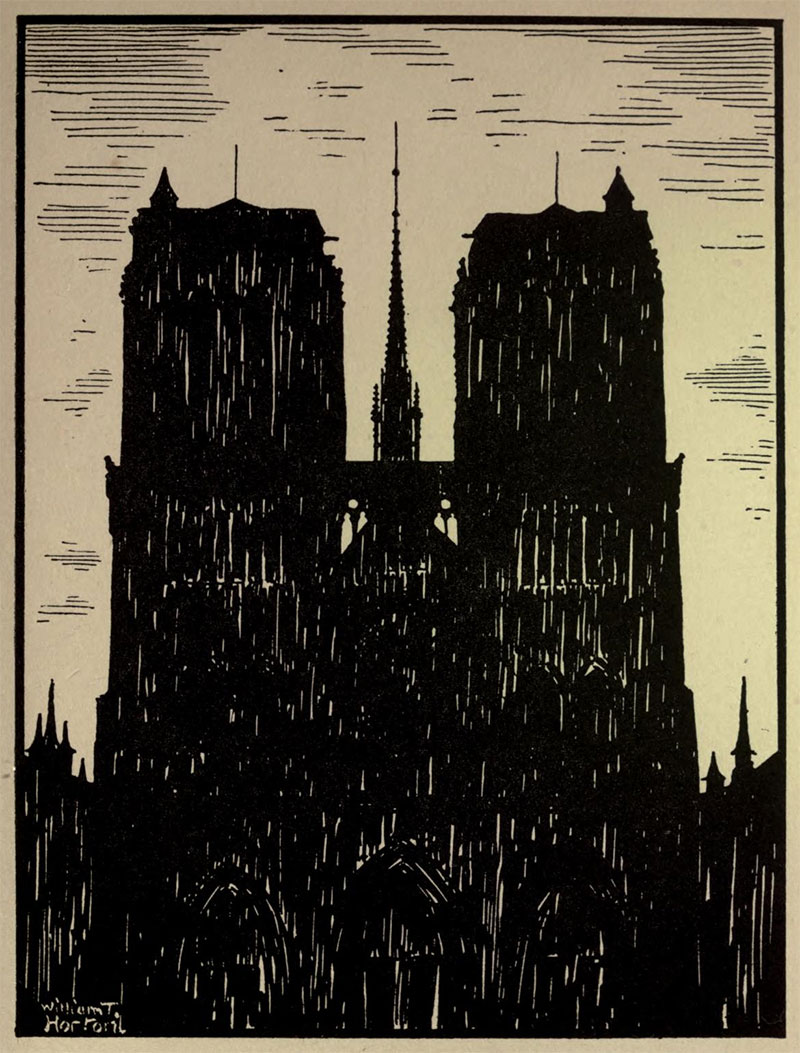
Notre Dame de Paris
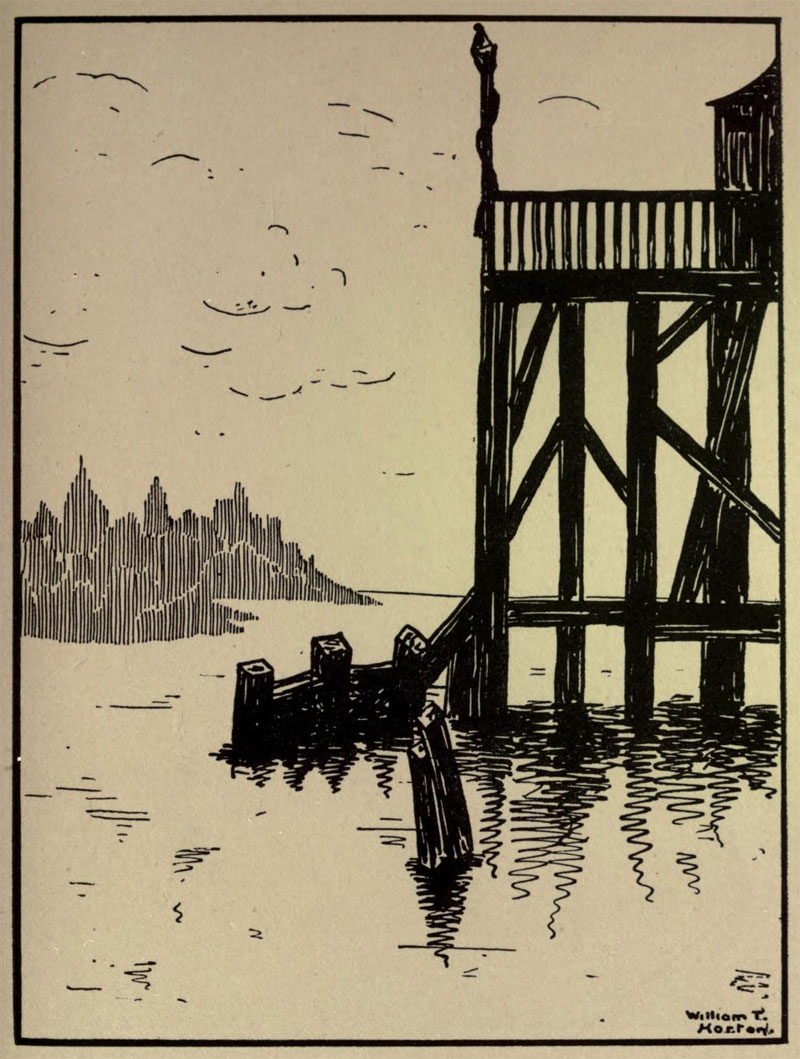
The Old Pier
Via Socks

